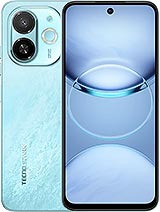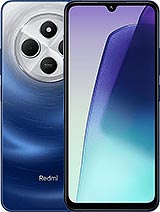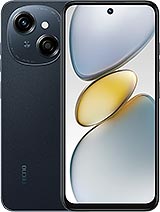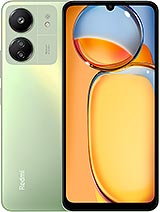Lava Yuva 2 alternatives
Tap above to see alternatives.
Redmi 13C 4G alternatives
Tap above to see alternatives.
1x2.2 GHz Cortex-A76
3x Cortex-A76
4x Cortex-A55
2x2.0 GHz Cortex-A75
6x1.8 GHz Cortex-A55
6GB 128GB (eMMC 5.1)
8GB 128GB (eMMC 5.1)
4GB 256GB (eMMC 5.1)
8GB 256GB (eMMC 5.1)
wide, f/1.8, AF
2 MP
macro
f/1.8, 28mm (wide), PDAF
2 MP
f/2.4, (macro)
0.08 MP
(auxiliary lens)
f/2.0
SIM1: Nano, SIM2: Nano
SIM1: Nano, SIM2: Nano
FDD: N1, N3, N5, N8, N28
TDD: N40, N41, N77, N78
FDD: N1, N3, N5, N8, N28
TDD: N40, N41, N77, N78
In this comparison, the Lava Yuva 2 with the Unisoc Unisoc T760 (6nm) performs better than the Redmi 13C 4G with the Mediatek Helio G85 (12nm), thanks to its more efficient chipset.
The Redmi 13C 4G offers 2 years of OS updates, while the Lava Yuva 2 provides 1 years. When it comes to security updates, Redmi 13C 4G leads with 4 years of support.
Both phones use LCD panels. They have the same 90 Hz refresh rate. Lava Yuva 2 also has a brighter display with 700 nits, improving outdoor visibility. These phones have the same resolution.
Both phones have the same 5000 mAh battery capacity. They support 18W wired charging.
Neither phone has an official IP rating for water and dust resistance.












